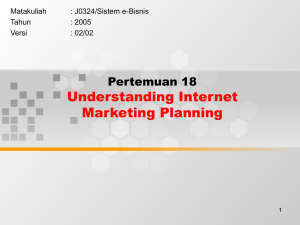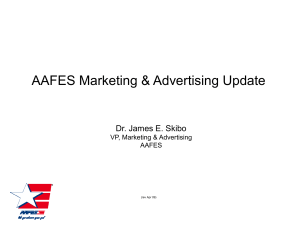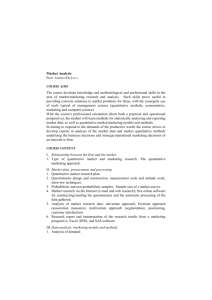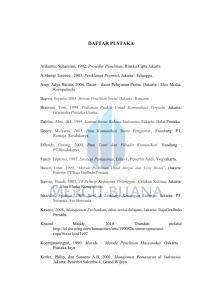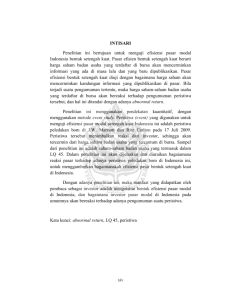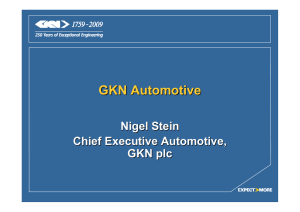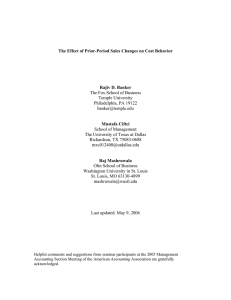Product Life Cycle - kafebisnis2010
advertisement
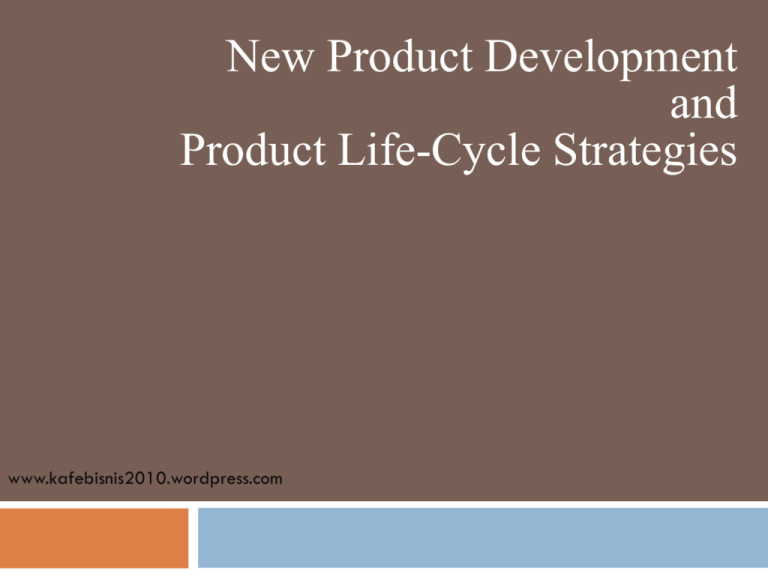
New Product Development and Product Life-Cycle Strategies www.kafebisnis2010.wordpress.com Idea Generation and Screening Concept Development and Testing Marketing Strategy Business Analysis Product Development Test Marketing Commercialization New Product Development Process Step 1. Idea Generation Systematic Search for New Product Ideas Internal sources Customers Competitors Distributors Suppliers New Product Development Process Step 2. Idea Screening Process to spot good ideas and drop poor ones Criteria Market Size Product Price Development Time & Costs Manufacturing Costs Rate of Return New Product Development Process Step 3. Concept Development & Testing 1. Develop Product Ideas into Alternative Product Concepts 2. Concept Testing - Test the Product Concepts with Groups of Target Customers 3. Choose the Best One New Product Development Process Step 4. Marketing Strategy Development Marketing Strategy Statement Formulation Part One - Overall: Target Market Planned Product Positioning Sales & Profit Goals Market Share Part Two - Short-Term: Product’s Planned Price Distribution Marketing Budget Part Three - Long-Term: Sales & Profit Goals Marketing Mix Strategy New Product Development Process Step 5. Business Analysis Step 6. Product Development Business Analysis Review of Product Sales, Costs, and Profits Projections to See if They Meet Company Objectives If No, Eliminate Product Concept If Yes, Move to Product Development New Product Development Process Step 7. Test Marketing Standard Test Market Controlled Test Market Full marketing campaign in a small number of representative cities. A few stores that have agreed to carry new products for a fee. Simulated Test Market Test in a simulated shopping environment to a sample of consumers. Product Life Cycle Product Life Cycle – shows the stages that products go through from development to withdrawal from the market Model BCG 20% 18% TANDA TANYA BINTANG 16% 14% 12% 10% ANJING SAPI PERAH 8% 6% 4% 2% 0% 4x 2x 1,5x 1x 0,5x 0,4x 0,3x 0,2x 0,1x Product Life Cycle (PLC) • • • • Each product may have a different life cycle PLC determines revenue earned Contributes to strategic marketing planning May help the firm to identify when a product needs support, redesign, withdrawal, etc. • May help in new product development planning • May help in forecasting and managing cash flow Overestimation of Market Size Product Design Problems Product Incorrectly Positioned, Priced or Advertised Costs of Product Development Competitive Actions To create successful new products, the company must: understand it’s customers, markets and competitors develop products that deliver superior value to customers. Introduction Stage of the PLC Sales Low sales Costs High cost per customer Profits Negative Marketing Objectives Create product awareness and trial Product Offer a basic product Price Use cost-plus Distribution Build selective distribution Advertising Build product awareness among early adopters and dealers Growth Stage of the PLC Sales Rapidly rising sales Costs Average cost per customer Profits Rising profits Marketing Objectives Maximize market share Product Offer product extensions, service, warranty Price Price to penetrate market Distribution Build intensive distribution Advertising Build awareness and interest in the mass market Maturity Stage of the PLC Sales Peak sales Costs Low cost per customer Profits High profits Marketing Objectives Maximize profit while defending market share Product Diversify brand and models Price Price to match or best competitors Distribution Build more intensive distribution Advertising Stress brand differences and benefits Decline Stage of the PLC Sales Declining sales Costs Low cost per customer Profits Declining profits Marketing Objectives Reduce expenditure and milk the brand Product Phase out weak items Price Cut price Distribution Go selective: phase out unprofitable outlets Advertising Reduce to level needed to retain hard-core loyal customers Tujuan Pemasaran Perkenalan Pertumbu- Kedewahan saan Menciptakan kesadaran dan keinginan mencoba produk Memaksimal kan pangsa pasar Penurunan Memaksimal Mengurangi kan laba, pengeluaran memperta hankan pangsa pasar Strategi Perkenalan Pertumbuhan Kedewasaan Penurunan Produk Tawaran produk dasar Tawaran perluasan produk, pelayanan, jaminan Diversifikasi merk dan model Lepas jenis produk yang lemah Harga Menyesuaika n biaya-plus Harga untuk menembus pasar Harga sama atau lebih baik dari pesaing Turunkan harga Distribusi Buat distribusi Buat distribusi Buat lebih selektif intensif banyak distribusi intensif Selektif lepas segmen yang tidak menguntungk an Strategi (lanjutan) Perkenalan Pertumbuhan Kedewasaan Penurunan Pengiklanan Bangun kesadarn produk diantara pemakai awal dan penyalur Bangun kesadaran minat di pasar massal Tekankan perbedaan dan manfaat merk Kurangi sampai tingkat yang diperlukan untuk mempertahan kan pemakai setia Promosi penjualan Gunakan banyak promosi penjualan untuk menarik pencoba Kurangi untuk mengambil keuntungan dari besarnya permintaan konsumen Tingkatkan untuk mendorong peralihan merk Kurangi sampai tingkat minimal Siklus hidup produk (product life cycle – PLC) adalah perjalanan penjualan dari suatu produk dalam masa hidupnya. Siklus hidup produk merupakan suatu konsep penting yang memberikan pemahaman tentang dinamika kompetitif suatu produk. Kesimpulan • Konsep siklus hidup produk sangat baik digunakan untuk menginterpretasikan dinamika produk dan pasar. • Kelemahan dari konsep ini, yaitu kurang dapat digunakan sebagai alat prediksi karena sejarah penjualan menunjukkan pola yang beragam, dan tahap-tahapnya itu berbeda durasinya. • Selain itu, perusahaan juga menemui kesulitan untuk mengetahui di tahap apa suatu produk sedang berada.
